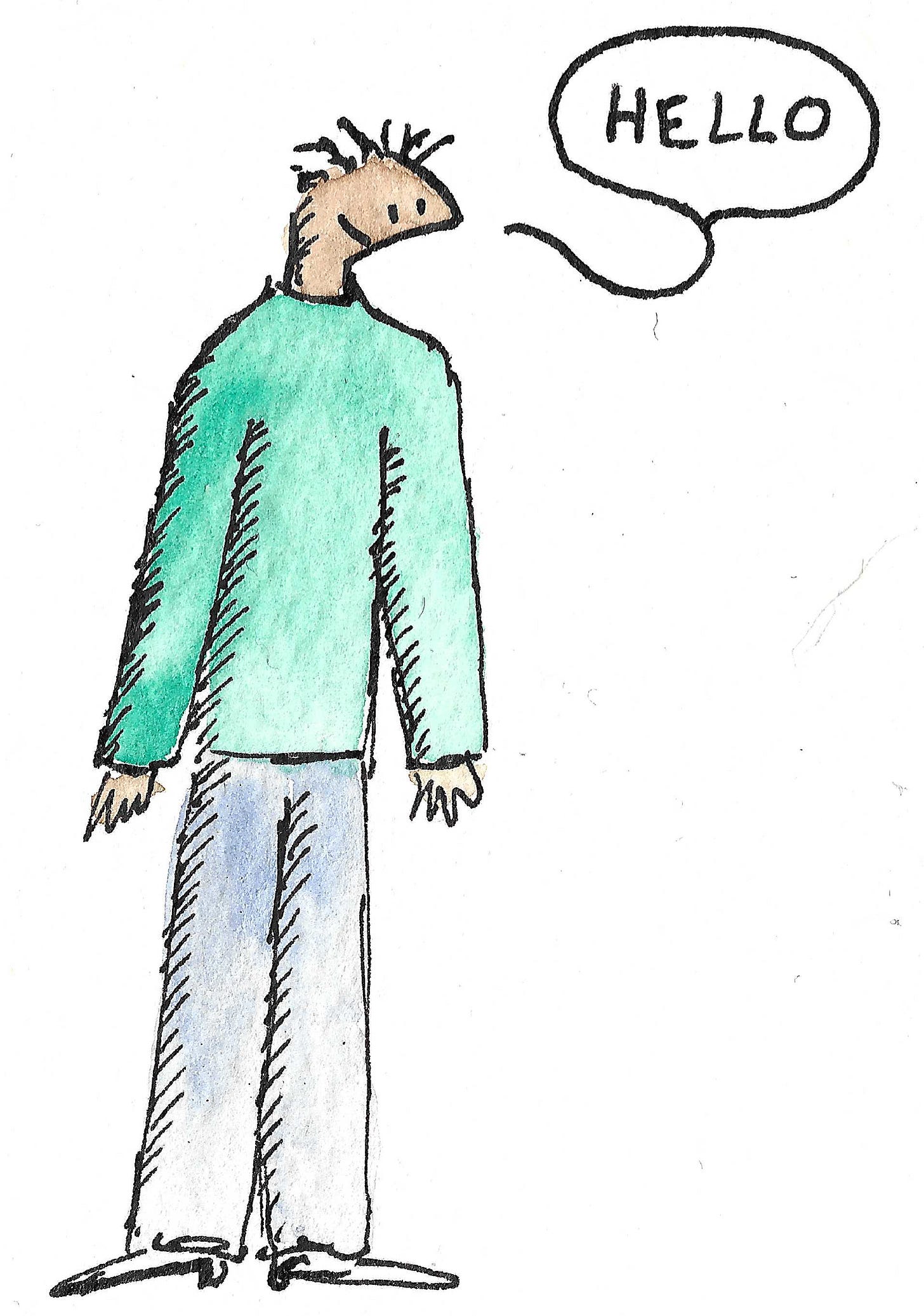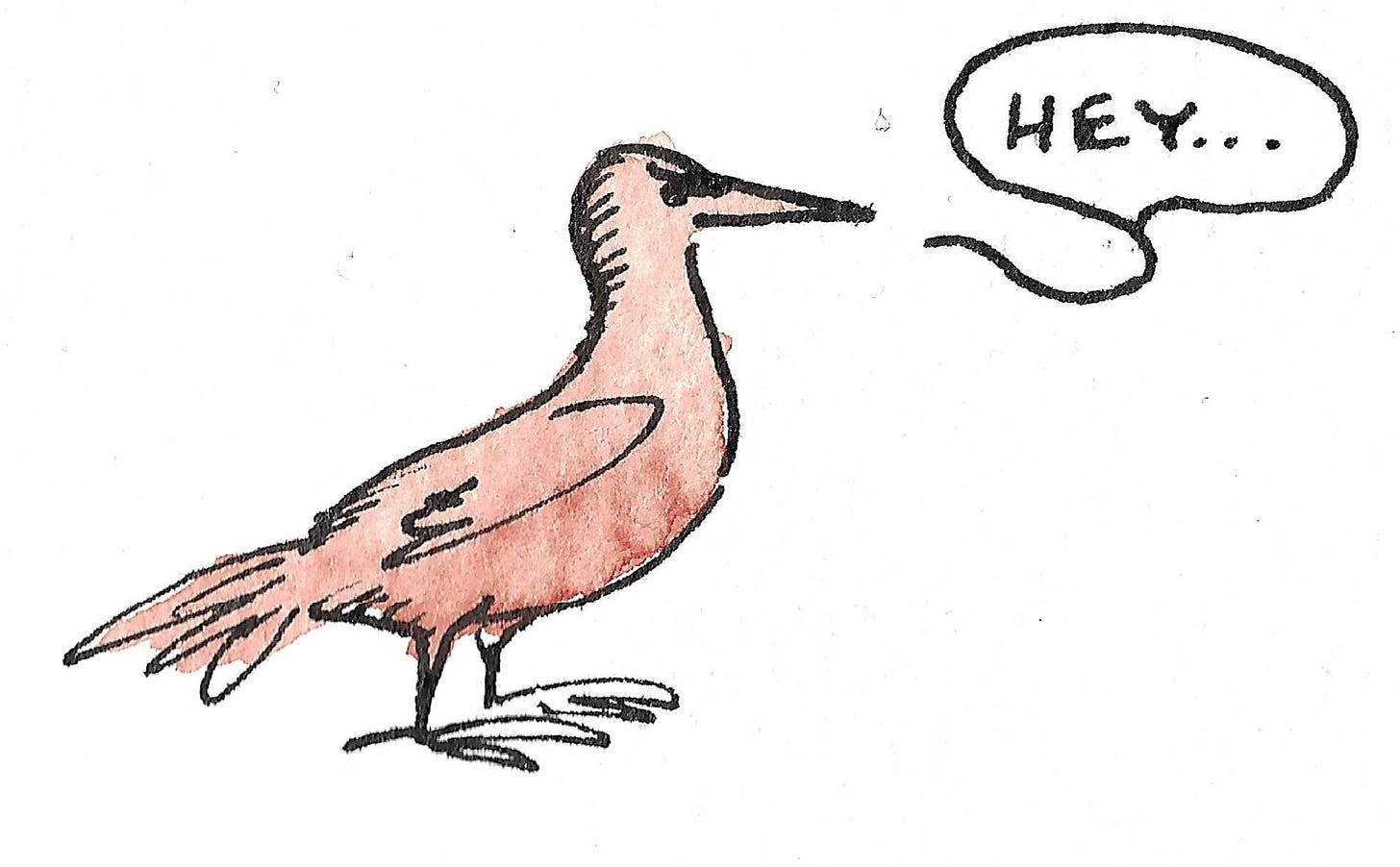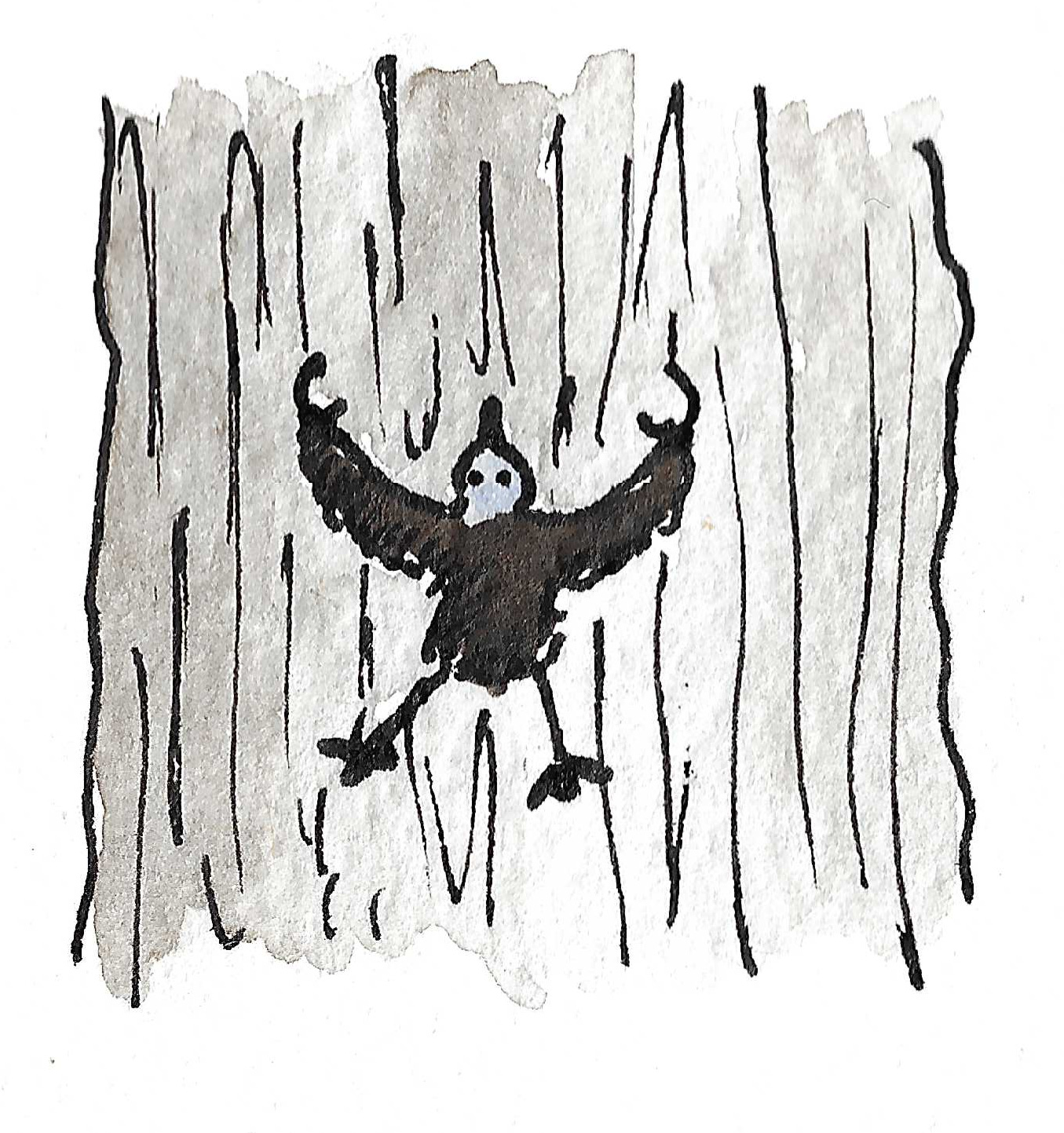In high school, I developed a style of drawing that my 9th-grade history teacher dubbed “bird people.”
Later on, I developed a penchant of drawing birds kind of everywhere, specifically birds that don’t exist. This earned me my work reputation of loving birds.
The thing is, I never particularly liked birds. My favorite class was always mammals. They’re cute, they’re fuzzy, they’re interesting. My general opinion about birds was that they were boring.
But, as so often happens, years of being taken for a bird-lover ended up changing my feelings. And to be honest, there are so many birds that are weird and funny that I’ve had no choice but to like them, after all.
A few days ago, I learned about a bird that has since become my favorite. So now, I would like you all to meet the Hoatzin.
The Hoatzin is a bird who lives in South America and usually builds nests over the water. They’re territorial, and couples nesting in one area will very loudly make it clear that it is theirs and theirs alone.
They live in trees, which is convenient for two reasons. First, they can’t fly very well. They’re not quite as far gone as ostriches and penguins, but they won’t win a prize for flying anytime soon.
The reason for this brings us to the second reason it’s good they live in trees: they almost exclusively eat leaves. Leaves need a lot of space in the digestive system, which does not leave a ton of space for things like flying muscles. So rather than having a bunch of muscles that would make flying easier, Hoatzins decided they would rather eat leaves. To do this, their crop (part of the esophagus) is specially designed to ferment the leaves and break them down until they can be properly digested. Interestingly enough, cows do the same thing. This process also makes the Hoatzin smell very bad.
Despite all this being very weird, it seems to work out for them, because they regularly produce baby Hoatzins (Hoatzinettes? Hoatzinnies? Hoatzlings?). Like most baby birds, Hoatzlings do not look very well adapted to staying alive, and it takes them several months before they’re able to fly.
But! Looks can be deceiving. If a predator comes by the nest, the babies will try to climb out of it. If that’s not possible, they will drop into the water below. And then they’ll climb back into their nest using their wing claws.
Yes. Hoatzlings have claws at the tips of their wings that let them climb vertical surfaces (such as trees). Apparently a whole bunch of birds have these, but we’re ignoring them for now and just talking about how weird it is that Hoatzlings have them. Incidentally, they lose these claws as they mature, presumably because after a while they can fly away from predators instead of just dropping down.
And, as if all this weren’t weird enough, they just look so funny. They perpetually look startled, and the feathers on their heads look like they just got out of bed.
Anyway, that’s the Hoatzin. I love them very much and I hope you will too. In closing, here is a description of this illustrious bird, courtesy of the Cornell Lab of Ornithology:
“Large, dumpy bird found around lake edges and slow-moving streams. Head looks too small for its large brown body. Its orange mohawk, blue facial skin, and stubby bill make this bird extremely distinctive. Usually found in groups or pairs. Moves clumsily around waterside vegetation, making loud huffing noises.”
And for another entertaining overview of the Hoatzin, check out Bizarre Beasts.










